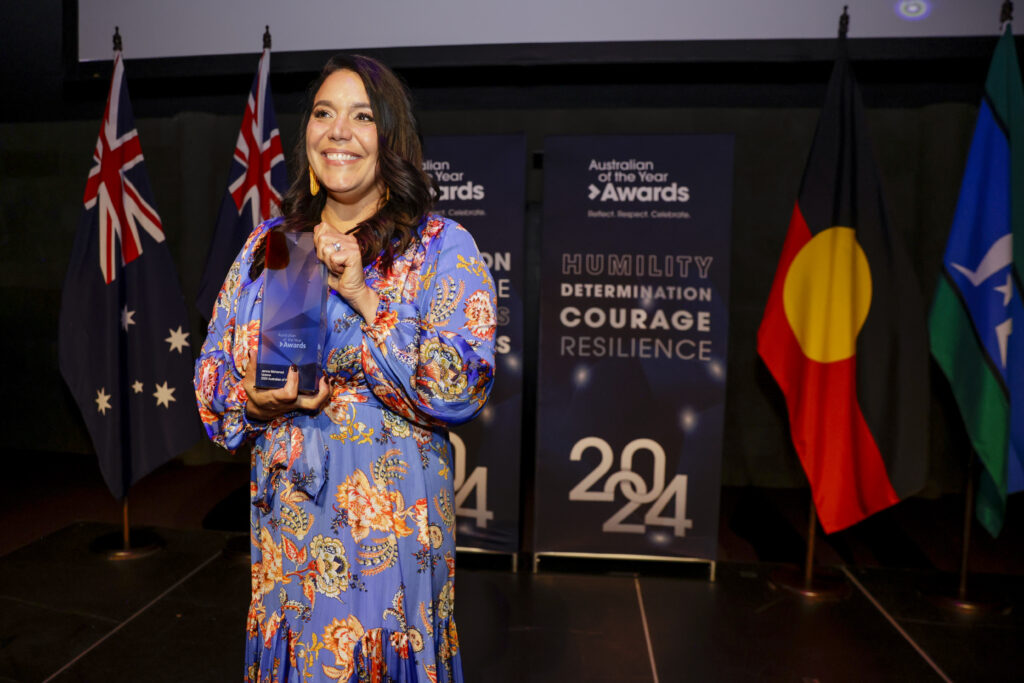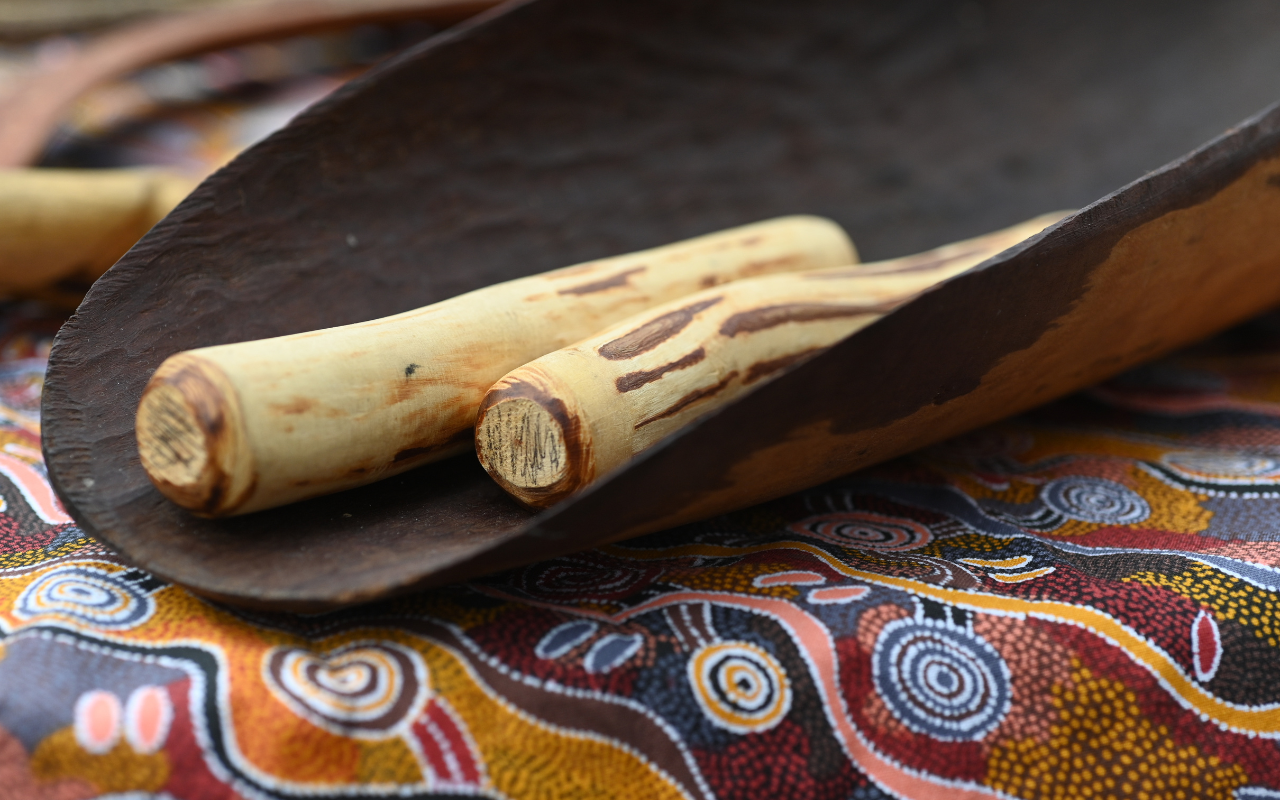The Lowitja Institute has outlined a new plan for national cultural safety training standards in health care that will improve health and safety of Indigenous peoples in Australia.
The Lowitja Institute’s Cultural safety discussion paper proposes and outlines a nationally recognised, consistent set of accreditation and training standards for cultural safety training, to achieve cultural safety practices as an embedded and measurable norm in all health and human services workplaces, and to address the social determinants of health and elevate the importance of the cultural determinants of health for Aboriginal and Torres Strait Islander peoples.
The paper reflects on the history of advocacy for cultural safety by Australian Aboriginal community-controlled health care organisations and is an amalgamation of crucial research and work done in the last fifteen years to promote cultural safety guidelines, including the original 2011 NACCHO Cultural Safety Training Standards.
The paper was authored by former Lowitja Institute CEO and Narrunga and Kaurna woman Adjunct Professor Janine Mohamed, Kathleen Stacey, Palawa Trawlwoolway woman and Editor-in-Chief of The Lowitja Journal Professor Catherine Chamberlain, and Professor Naomi Priest.

The long road to cultural safety standards
Professor Mohamed has spent decades advocating for cultural safety standards. She is the 2024 Victorian Australian of the Year, the CEO of the Lowitja Institute from 2019–24, and led NACCHO’s initial lobbying of Australian Health Practitioner Regulation Agency (Ahpra) in 2008–09 to embed cultural safety the Ahpra legislative framework and health professional registration standards and codes of conduct.
In 2010–11, she was the manager of the original NACCHO Cultural Safety Training (CST) Standards Project. As funding for that initiative could not be secured in 2011, full implementation could not proceed.
Professor Mohamed explains that cultural safety training standards will help to change the systemic and institutional racism currently leading to health inequity.
“Institutional racism refers to the imposition and assumed superiority of white dominant culture in laws, policies and practices, in how systems and organisations operate across all sectors. This form of racism does not consider, allow for, or support other cultural knowledges, experiences or values. It is embedded in the core structures, values and beliefs of society, creating systemic disadvantages for Aboriginal and Torres Strait Islander peoples,” said Professor Mohamed.
The idea and term “cultural safety” was created in Aotearoa New Zealand by Irihapeti Ramsden, a Māori nurse in the 1990s. It began as “a strategy to equip Pakeha (white) nurses to improve the care provided to Māori,” and was borne of Ramsden’s lived experience in providing health care for Indigenous Aotearoa peoples.
Cultural safety was adopted in Australia by Aboriginal and Torres Strait Islander people also through the nursing profession, and begun by Dr Sally Goold, the founder of the Congress of Aboriginal and Torres Strait Islander Nurses.
Achieving cultural safety through training
The purpose of the cultural safety discussion paper is to outline key developments in the history of cultural safety in Australia, clarify how cultural safety training and education differs from other types of training, synthesise existing understandings about cultural safety training, and propose a revised set of nationally consistent quality standards for cultural safety training and other supportive actions.
Cultural safety training involves an analysis of power relations, characterised by — among many other factors — recognising, understanding and responding to racism at an individual, institutional or systemic level.
The discussion paper suggests that, for example, rather than a one-day course, appropriate cultural safety training occurs over a consistent and ongoing basis.
“One-day courses often provide a brief overview and may raise awareness, but they lack the depth and continuity needed for meaningful change. In contrast, ongoing training offers the opportunity for participants to continually reflect on their beliefs, assumptions and biases, and to integrate new understandings into their daily practices,” said Professor Mohamed.
Understanding white privilege in health care
As discussed in the paper, one factor in delivering cultural safety training is a misunderstanding of, and lack of education on, white privilege, and how it contributes to health inequity.
Professor Mohamed explained the importance of training around white privilege in achieving cultural safety.
“White privilege, in this context, refers to the unearned advantages and benefits that white people receive simply by being part of the dominant racial group,” said Professor Mohamed.
“This privilege often leads to the assumption that everyone has equal access to these benefits, which are typically seen as rights. However, this is not the case for Aboriginal and Torres Strait Islander peoples. Understanding white privilege is crucial because it helps to debunk the myth of meritocracy embedded in the dominant culture, highlighting the disparities and fostering a more culturally safe environment,” she said.
Professor Mohamed said that self-reflection is a crucial part of training.
“Critical self-reflection plays a pivotal role in fostering cultural safety. It involves a deep and ongoing process of examining one’s own beliefs, assumptions and biases, particularly in relation to race and culture. This introspective practice is essential for understanding and addressing systemic racism and power imbalances that exist within society and institutions,” she said.
The future: hard-wired cultural safety
Professor Mohamed sees a future when cultural safety is just something we do, and not something we strive for.
“Ultimately, I want it to be hard-wired and seamless so that it is a part of everyday practice individually and systemically, and that the outcome is that the gap has been closed,” said Professor Mohamed.
“By implementing these strategies, we can create a culturally safe environment that respects and values the contributions of Aboriginal and Torres Strait Islander peoples, centres culture and promotes equity across all sectors.”
Subscribe to the free InSight+ weekly newsletter here. It is available to all readers, not just registered medical practitioners.

 more_vert
more_vert
Good on you Prof. We know about ATSI. Our ancestors declared that group of Oz fellows non-existent by “terra nullius”. You have not mentioned your own culture, which occasionally gets tested (?tactfully), or the many other cultures in the mix.
Please be assured, you are not alone. We are not all clinging to “White Oz”. Many of us like multi-culture(s), which cannot work without cultural respect.